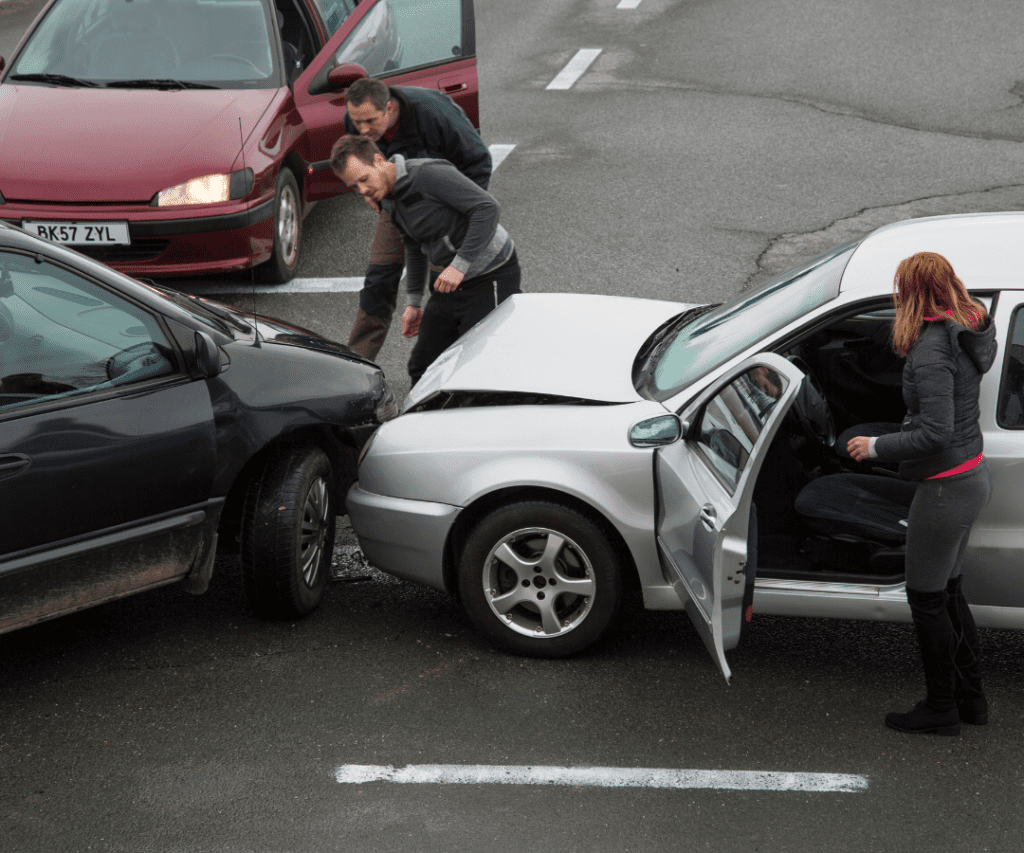Property Damage

Handling an automobile property damage claim after an automobile collision can be a complex process, but following these tips can help you navigate it more effectively:
1. Document the Damage
- Take Photographs: Immediately after the collision, when you can do so safely, take clear photographs of all the damage to your vehicle and any other vehicles involved. Also, photograph the scene, including road conditions, traffic signs, and any visible physical injuries.
- Get a Police Report: If possible, have the police or Public Service Aid come to the scene and make a report. This official documentation can be crucial in insurance claims and any potential legal proceedings.
2. Contact Your Insurance Company
- Report the Incident: Notify your insurance company as soon as possible to start the claims process. Provide them with all relevant details, including photographs and the police report number.
- Understand Your Coverage: Review your insurance policy’s Declarations to understand what is covered. Comprehensive or Collision coverage typically applies to property damage claims.
3. Get Repair Estimates
- Multiple Estimates: Obtain repair estimates from a couple of reputable automotive repair shops to get a sense of the reasonable cost of repairs. Insurance companies may encourage you to get an estimate from one of their preferred shops.
- Choose Your Shop: While insurance companies may suggest certain repair shops, you have the right to choose where to have your vehicle repaired.
4. Understand Depreciation and Total Loss
- Depreciation: Be aware that insurance companies often factor in depreciation, which might affect the amount you receive for repairs.
- Total Loss: If the cost to repair your vehicle exceeds its market value, the insurer may declare it a total loss and offer a payout based on the car’s current value.
5. Negotiate with the Insurance Adjuster
- Be Prepared: Insurance adjusters may initially offer a lower settlement. Use your repair estimates and knowledge of your vehicle’s market value to negotiate a fair payout.
- Know Your Rights: Familiarize yourself with your state’s insurance regulations, which can provide leverage in negotiations.
6. Consider Diminished Value Claims
- Diminished Value: Even after repairs, your car may be worth less than it was before the accident. You may be entitled to a diminished value claim, compensating for this reduction in market value.
7. Keep Detailed Records
- Maintain Documentation: Keep copies of all documents, including repair estimates, correspondence with the insurance company, and any expenses you incur due to the accident (e.g., rental car fees).
8. Address Uninsured/Underinsured Drivers
- Uninsured/Underinsured Coverage: If the at-fault driver is uninsured or underinsured, your own insurance policy’s uninsured/underinsured motorist coverage may help cover property damage-related claims.
9. Seek Legal Advice if Needed
- Consult an Attorney: If negotiations stall, or you believe you’re not being offered a fair settlement, consulting with an attorney experienced in property damage claims or personal injury cases may be beneficial.
10. Stay Calm and Organized
- Remain Calm: Navigating insurance claims can be frustrating. Keeping calm and staying organized with your documents and communications will help in managing the process more effectively.
Following these steps can help ensure you handle property damage claims efficiently and maximize any compensation you may be entitled to after a collision.
